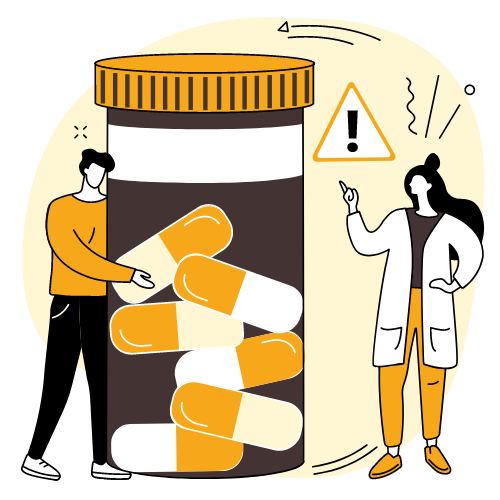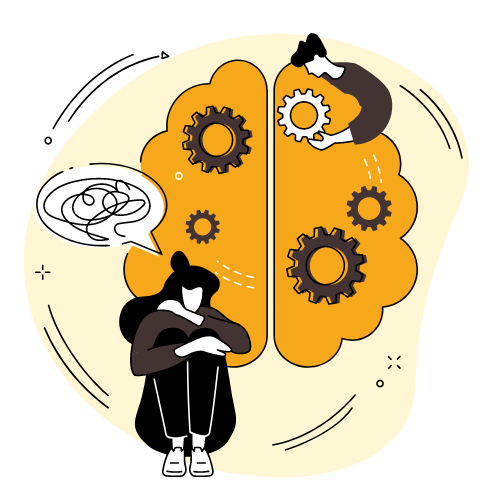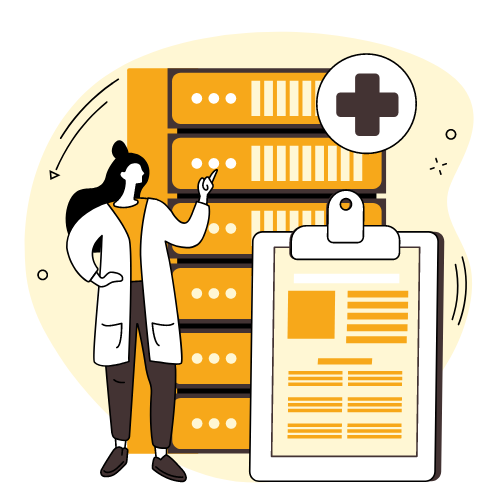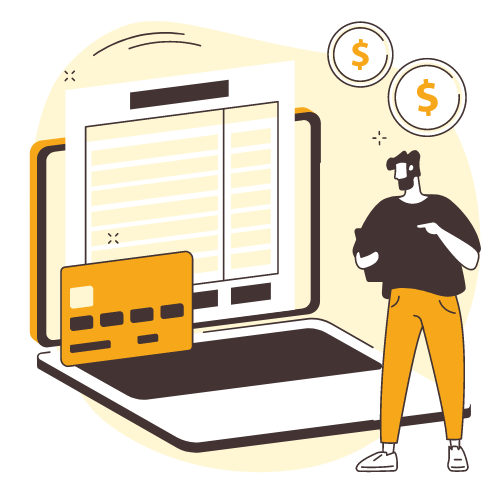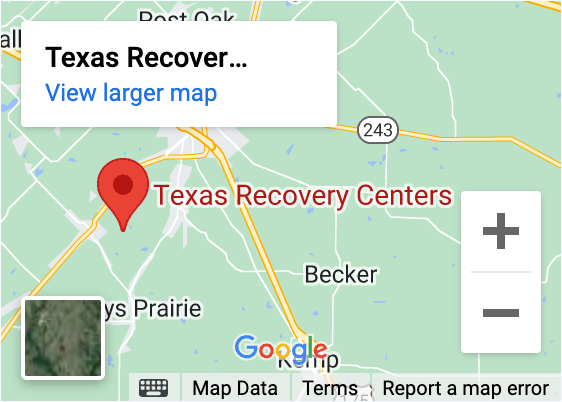Neurofeedback trains the brain to self-regulate. At Texas Recovery Centers, clinicians use this noninvasive, feedback-based therapy alongside counseling to help people manage cravings, stress, and sleep so recovery becomes more manageable. If you are comparing treatment options in Texas, start with our overview of how neurofeedback supports addiction care and where it fits in your plan.
What Neurofeedback Is
Neurofeedback is a type of biofeedback that focuses on brain activity. Sensors placed on the scalp detect electrical patterns, software translates those signals into visual or auditory feedback, and you practice shifting your state in real time. Over repeated sessions, the brain learns more flexible patterns that support focus, calmer arousal, and better emotional control. It is medication-free and works as an adjunct to therapy, not a standalone cure. Learn more in our article on neurofeedback for addiction.
Why Neurofeedback Helps in Addiction Treatment
Addiction affects circuits involved in reward, stress, and attention. Neurofeedback targets those same systems by reinforcing steadier brain states. Research and national overviews describe benefits that include improved self regulation, reduced anxiety, better sleep, and stronger engagement in treatment when used with counseling. In practice, that means fewer spikes in distress, clearer thinking, and more bandwidth for therapy work. See a general explainer on how neurofeedback supports recovery.
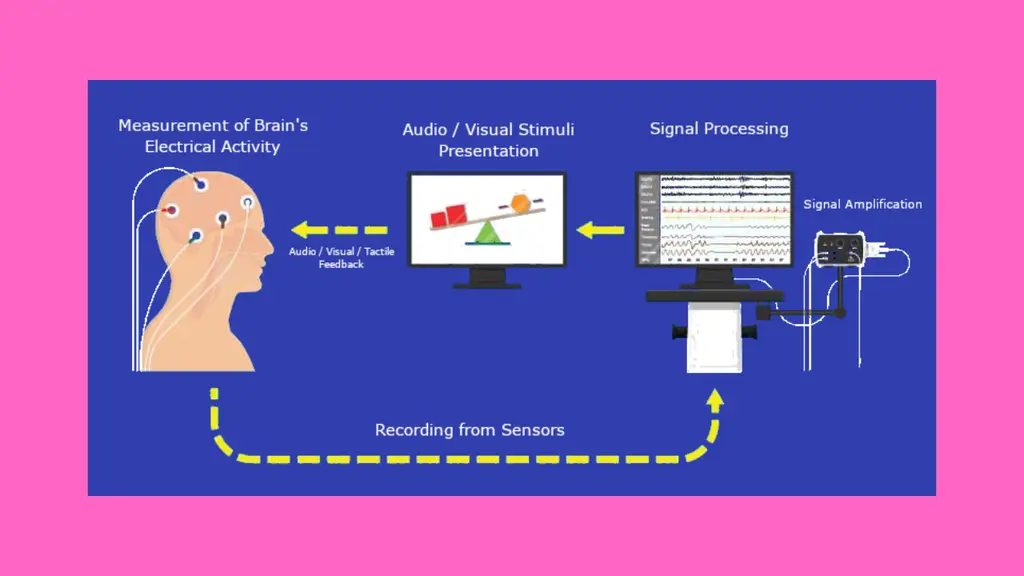
What a Session Looks Like
Sessions are structured and goal directed. After a brief check in, a clinician places sensors and runs a baseline reading. You then complete short exercises or watch a screen that responds to your brain activity. The feedback rewards the targeted pattern, which teaches your brain to return to it more easily. Throughout, a trained professional monitors comfort and progress, then documents results to guide the next session. Most patients describe the experience as relaxing and surprisingly engaging.
How We Integrate Neurofeedback at Texas Recovery Centers
Neurofeedback works best when it complements therapy. Our clinicians fold it into a larger plan that may include cognitive behavioral therapy, skills groups, experiential therapies, and medication when appropriate. That integration helps you apply calmer arousal and improved focus to the specific triggers you face in daily life. Explore our broader addiction therapy programs and how we structure care in our inpatient treatment program.
Who It Can Help
People who struggle with anxiety, insomnia, attention problems, or high stress often benefit because neurofeedback gives immediate, objective feedback on state changes. Patients who feel “stuck” in talk therapy sometimes find this experiential approach opens the door to progress. Importantly, neurofeedback remains an adjunct within a complete treatment plan so gains translate into daily coping. Read our program perspective in Neurofeedback for Addiction.
Safety and Training
Neurofeedback is noninvasive and generally well tolerated. Qualified professionals administer the sessions and tailor protocols to your needs. If you have questions about whether it fits your history or medications, your clinician will review contraindications and alternatives before starting. National guidance on biofeedback and neurofeedback highlights these safety factors and the importance of professional oversight. See the national overview on neurofeedback and biofeedback.
Next Steps
If neurofeedback sounds like a good fit, the easiest place to start is a quick benefits check and an assessment. Our team can verify coverage, explain options, and outline how neurofeedback would plug into your plan. Begin with insurance verification, review insurances we accept, and learn about the mix of therapies on our therapy programs page. When you are ready to talk, contact us for more info.


